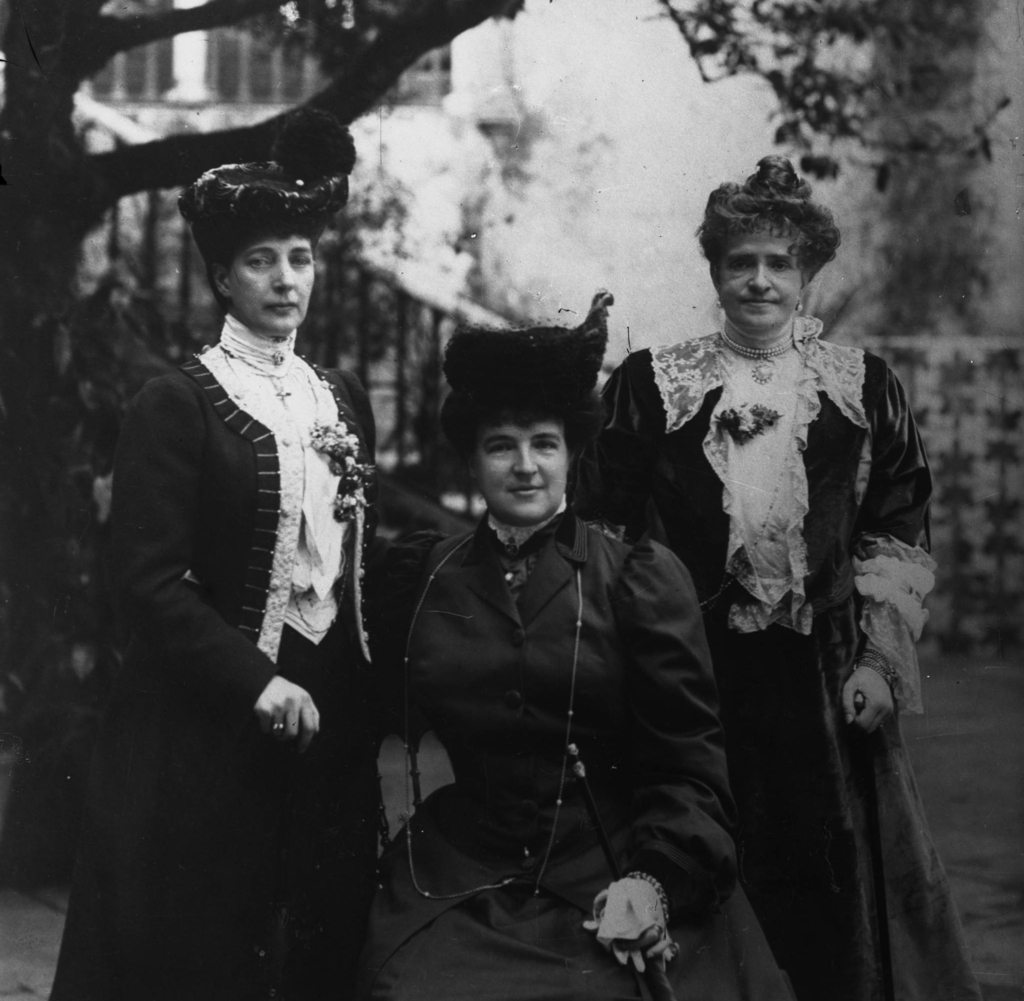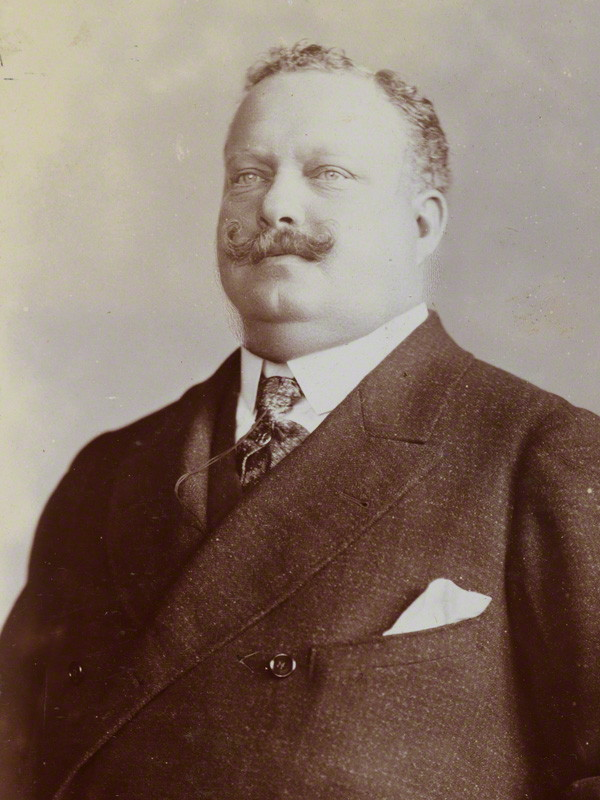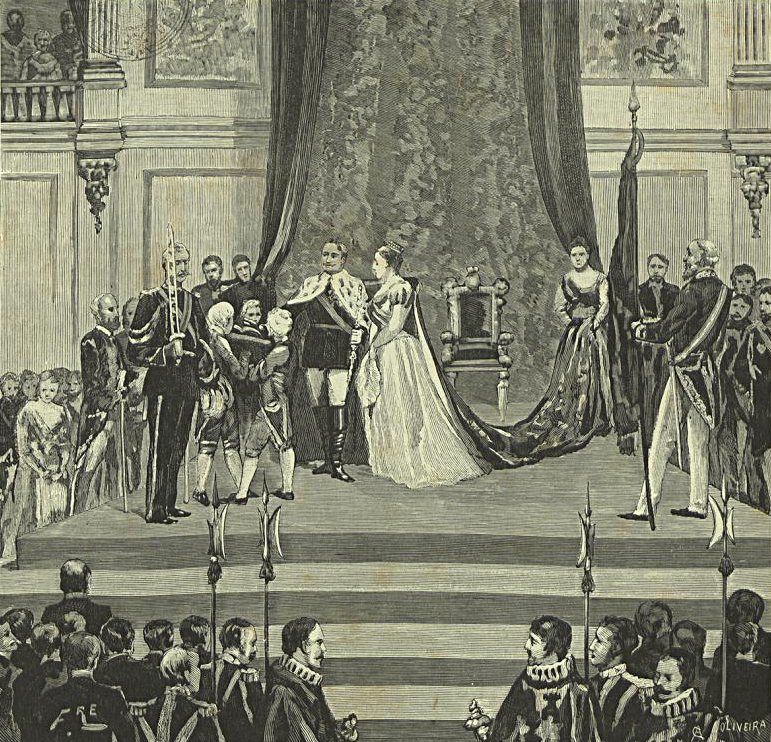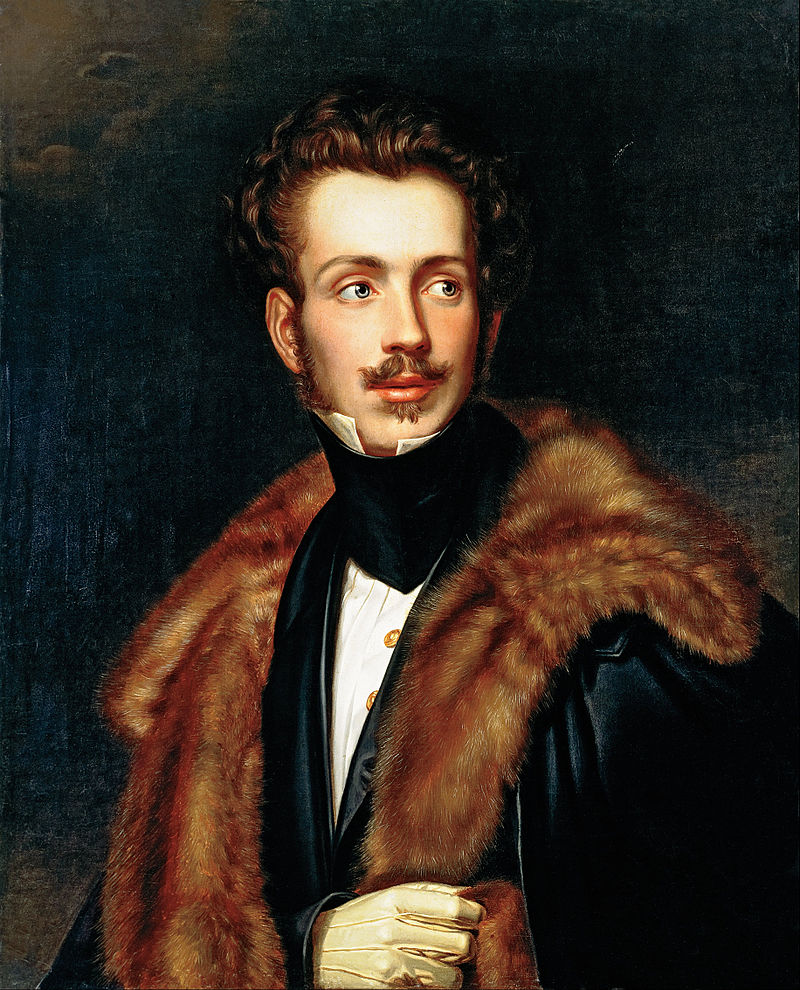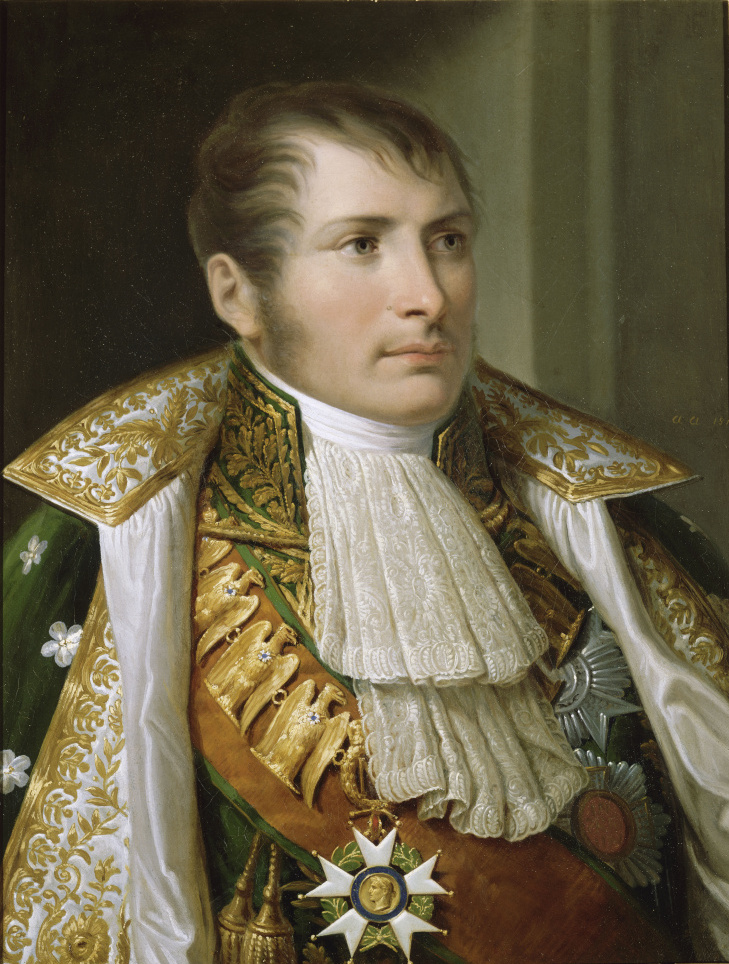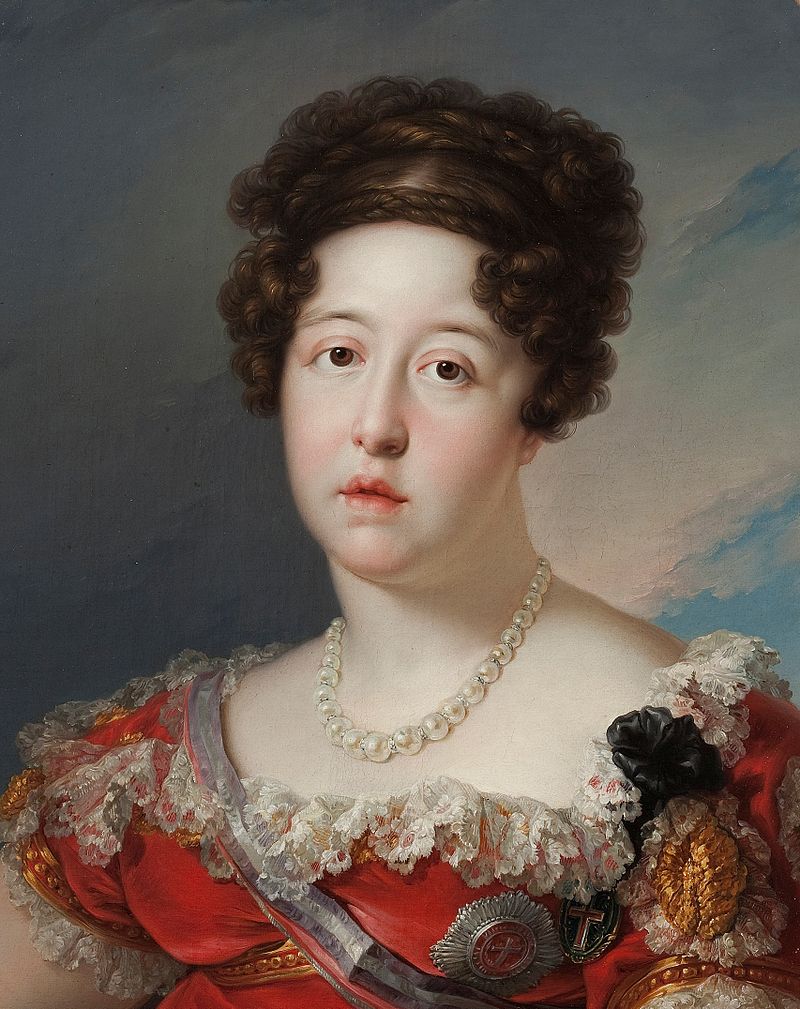by Scott Mehl © Unofficial Royalty 2016

King Manuel II of Portugal – Source: Wikipedia
King Manuel II of Portugal was the last Portuguese monarch, reigning just two and a half years before Portugal was declared a republic. He was born Infante Manuel Maria Filipe Carlos Amélio Luís Miguel Rafael Gabriel Gonzaga Xavier Francisco de Assis Eugénio on November 15, 1889, at Belém Palace in Lisbon, Portugal, the youngest child of King Carlos I of Portugal and Princess Amélie of Orléans. Styled Duke of Beja from birth, Manuel had two older siblings:
- Infante Luís Filipe, Prince Royal (1887 – 1908) – assassinated with his father in 1908, unmarried
- Infanta Maria Ana (1887) – died at birth
Manuel received a strict education and proved to be a good student, becoming fluent in numerous languages, and studying history, math, and religion. He also trained on the piano and developed a love of literature and the arts. Manuel was preparing to enter the Portuguese Naval Academy when tragedy struck the royal family, and he found himself unexpectedly on the throne of Portugal.
On February 1, 1908, the royal family was attacked by assassins while riding in a carriage en route to the palace. Manuel was shot only in the arm, but his father was shot in the head, dying instantly, and his brother, Luís Filipe, was also mortally injured and died several minutes later. At just 18 years old, Manuel became the last King of Portugal.
Manuel’s first act as King of Portugal was asking for the resignation of Prime Minister João Franco, who he felt was complicit in the killing of his father and brother. He then appointed a new government, hoping for more unity within Portugal. At first, the new King received much sympathy and support, primarily due to his youth and the tragic circumstances that put him on the throne. Manuel traveled extensively, meeting the Portuguese people in all corners of the country, and received warm welcomes at every stop. He also traveled throughout Europe, particularly the United Kingdom where his father had formed such close ties. Ironically, one of King Manuel’s last foreign trips would be to London in May 1910, for the funeral of King Edward VII.
In Portugal, the political climate was shifting, with anti-monarchy sentiments rising quickly. The Republican Party gained ground in the Portuguese parliament and seized power. On October 4, 1910, what started as a military coup became what is now known as the Republican Revolution. The Palace of Necessidades was attacked and King Manuel was forced to flee to the Mafra National Palace. There he was joined by his mother and grandmother. The following day, on October 5, 1910, King Manuel and his family left on the royal yacht Amélia IV, planning to travel to Porto, narrowly escaping the Republican forces who arrived just as the ship was sailing off. En route, learning that Porto had also fallen to Republican forces, Manuel changed their destination to Gibraltar. The Portuguese monarchy had ended, and Manuel would live the rest of his life in exile. The family then traveled to London, where they were welcomed by King George V of the United Kingdom.

Gaby Deslys, source: Wikipedia, from the George Grantham Bain Collection at the Library of Congress
For several years, Manuel was involved with a French actress and dancer named Gaby Deslys. The two first met during Manuel’s visit to Paris in December 1909 and quickly began a relationship. Manuel showered her with expensive gifts, including a pearl necklace valued at $70,000. While their relationship was well-guarded in Portugal, it was greatly publicized elsewhere in Europe and the United States. They continued to see each other in London after Manuel’s exile, but the relationship ended in 1911 when she moved to New York.

Wedding of Manuel and Augusta Viktoria of Hohenzollern-Sigmaringen; Credit – Wikipedia
On a visit to Switzerland in 1912, King Manuel met Princess Augusta Viktoria of Hohenzollern-Sigmaringen and was quickly smitten. Augusta Viktoria was the daughter of Wilhelm, Prince of Hohenzollern and Princess Maria Teresa of Bourbon-Two Sicilies, and a second cousin to Manuel through their mutual descent from Queen Maria II of Portugal. They were soon engaged, and married on September 4, 1913, in the Chapel at Sigmaringen Castle. Following a honeymoon in Munich, they settled at Fulwell Lodge, Manuel’s home outside London, England. Manuel and Augusta Viktoria had no children.
In exile, King Manuel continued to support efforts to restore the monarchy in Portugal. He insisted that this be done via legal means, through elections, and not by force. He continued to play a prominent role in the relationship between Portugal and the United Kingdom and maintained a close relationship with King George V. During World War I, he offered his services to the Allies in any way he could help and was given a post with the British Red Cross. At first, disappointed that he was not given a more prominent position, he soon threw himself into the job, organizing fund drives and visiting troops and hospitals on the front lines. He also helped to establish several medical facilities, both in France and England, to help support those wounded in the war.

King Manuel just hours before his death, on July 2, 1932. source: Wikipedia
King Manuel II died unexpectedly on July 2, 1932, at Fulwell Lodge. With permission from the Portuguese government, his remains were returned to Lisbon on a British cruiser and were received at Commerce Square, the same place his father and brother had been assassinated 24 years earlier. The procession traveled to the Monastery of São Vicente de Fora where the former king was interred in the Royal Pantheon of the House of Braganza.
This article is the intellectual property of Unofficial Royalty and is NOT TO BE COPIED, EDITED, OR POSTED IN ANY FORM ON ANOTHER WEBSITE under any circumstances. It is permissible to use a link that directs to Unofficial Royalty.
Portugal Resources at Unofficial Royalty




